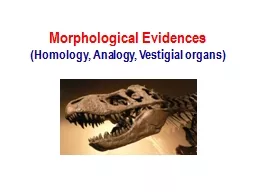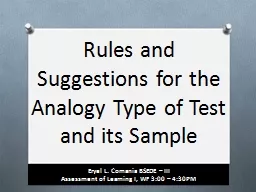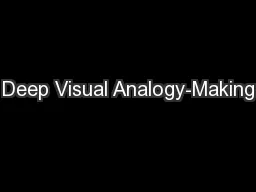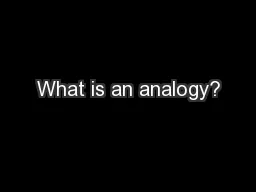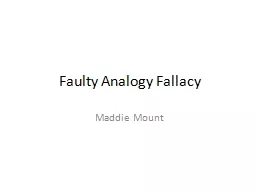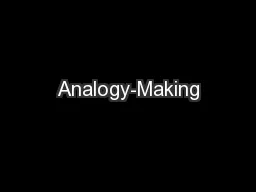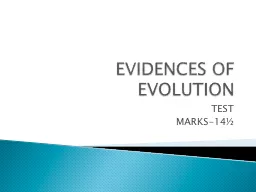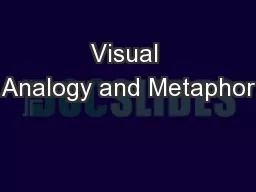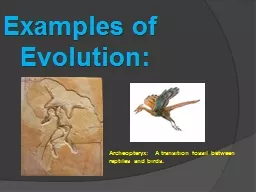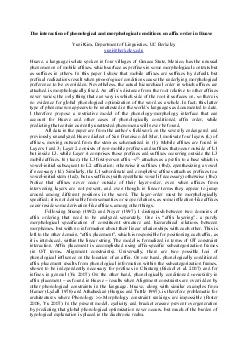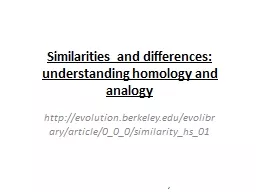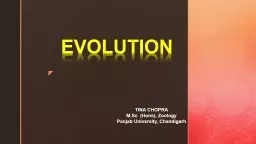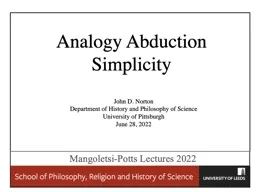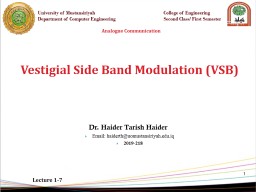PPT-Morphological Evidences (Homology, Analogy, Vestigial organs)
Author : SportyChick | Published Date : 2022-08-03
Comparative study of morphological and anatomical structures of animals and plants also indicate that they are constructed on the same basic plan and they shows
Presentation Embed Code
Download Presentation
Download Presentation The PPT/PDF document "Morphological Evidences (Homology, Analo..." is the property of its rightful owner. Permission is granted to download and print the materials on this website for personal, non-commercial use only, and to display it on your personal computer provided you do not modify the materials and that you retain all copyright notices contained in the materials. By downloading content from our website, you accept the terms of this agreement.
Morphological Evidences (Homology, Analogy, Vestigial organs): Transcript
Download Rules Of Document
"Morphological Evidences (Homology, Analogy, Vestigial organs)"The content belongs to its owner. You may download and print it for personal use, without modification, and keep all copyright notices. By downloading, you agree to these terms.
Related Documents

